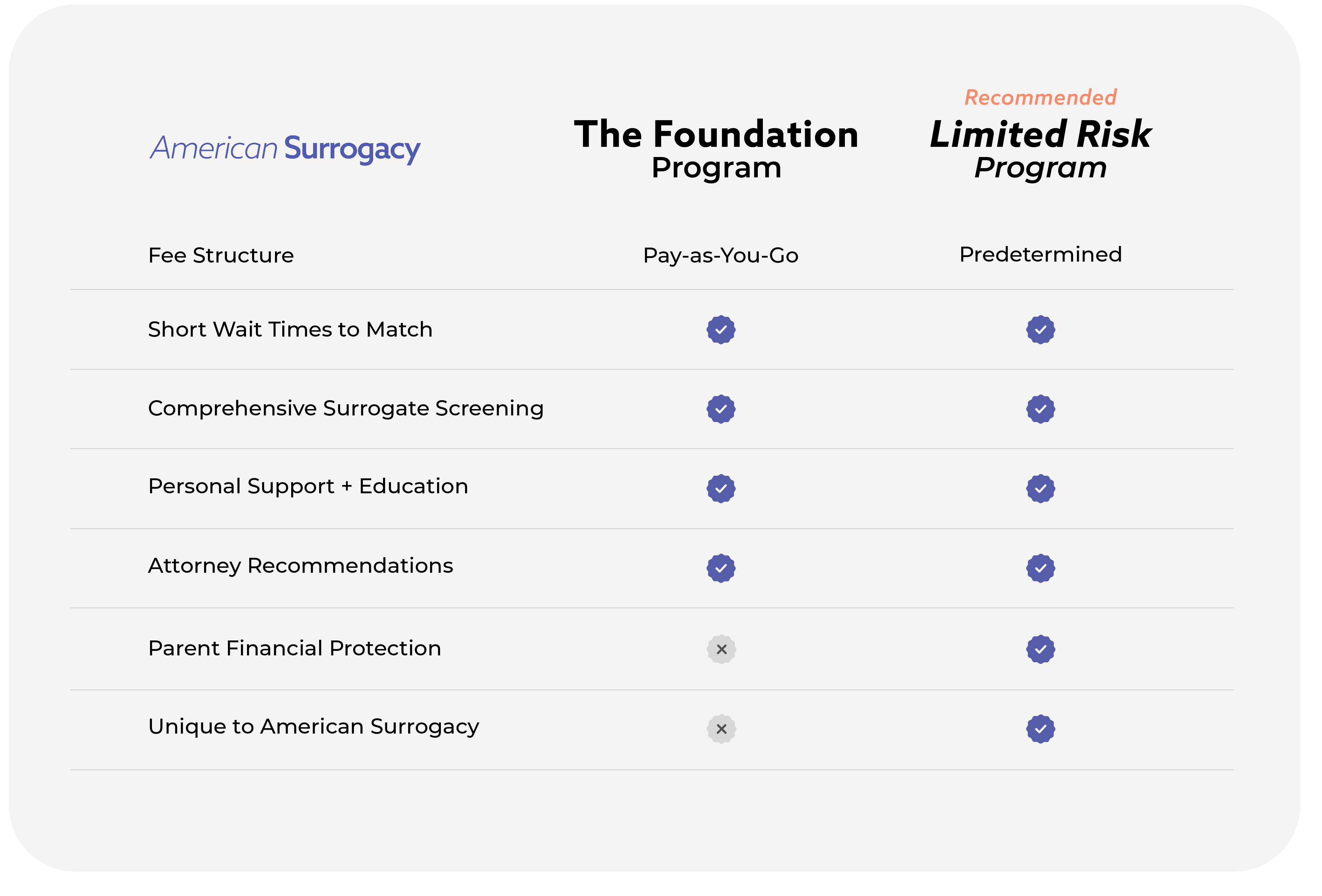If you can’t carry a baby to term yourself, adopting embryos offers a way for you to grow your family.
Depending on your circumstances, embryo adoption and surrogacy make it possible for you to have the family you’ve always pictured. Fill out our online contact form to learn more about your options if adopting embryos may be right for you.
This article will break down why you may need a surrogate for your adopted embryos, the process to adopting embryos and its chances of success.
Can You Adopt Embryos for Surrogacy?
Yes, you can adopt embryos for surrogacy.
The need for adopted embryos and the need for a surrogate vary slightly. You may need adopted embryos if you and your partner:
Have infertility issues. Don’t want to pass on genetic disorders. Are frustrated with recurrent in-vitro fertilization (IVF) failures. Want to find alternatives to traditional fertility treatments like IVF, egg donation or sperm donation. Don’t want to incur more costs of additional IVF cycles or other fertility treatments.
Embryo adoption and surrogacy may be right for you and your partner if you:
- Are infertile because of a problem with their uterus.
- Can’t be pregnant or give birth due to a serious medical or psychological condition that puts them or the fetus at risk.
- Are concerned about the cost of in-vitro fertilization (IVF) or have struggled with IVF due to embryo quality or quantity.
- Had a hysterectomy and doesn't have a uterus or has a uterine malformation.
- Are biologically incapable of conceiving or bearing a child, such as a single person or a gay male couple.
Once you have your embryos, we can get you matched with a surrogate. Having embryos puts you that much closer to experiencing parenthood
Can You Choose Gender with Embryo Adoption?
Depending on the professional you work with, you may be able to choose the gender when adopting embryos. Some professionals have embryos that have already been genetically tested before being donated. Others choose not to reveal this information.
Preimplantation genetic testing (PGT) can detect the gender of your embryos based on their chromosomes, allowing you to choose the embryo gender for surrogacy, but you can’t genetically alter the sex of the embryos. PGT can be beneficial when deciding what embryos are transferred.
How Does Embryo Adoption and Surrogacy Work? [6 Steps]
Just like any type of adoption, no two journeys will look exactly the same. That’s because your choices will impact how it looks for you.
But there are some general steps to the process to give you an idea of how it might play out for you:
You have the ability to choose the type of relationship you, your child and the biological parents will have in the years to come, with open, semi-open and closed adoptions. If you decide to work with a professional, there are adoption agencies that specifically deal with embryo adoption as well as fertility clinics that have added embryo donation programs to their suite of services they offer. It’s a common part of the traditional adoption process, but home studies are not legally required. The professional you work with, though, could have their own requirements. Donor profiles can give you insight to the embryo donor’s medical history, interests, and more. The level of information depends on the type of adoption chosen as well as the professional you work with. Some professionals have known vs. unknown embryo adoption programs while others only deal with one type. The laws that will govern your embryo adoption are dependent on where you live. In addition to federal laws in the U.S., states typically have their own laws too. Once the legal process is complete, the medical steps can begin. Through the frozen embryo transfer (FET) will insert the embryos into the uterus of your surrogate.
How Successful is Embryo Transfer to Surrogate?
A study conducted by the National Library of Medicine that ran from 2004-2019 and was published in 2022 looked at the trends in the use of embryo adoption, pregnancy rates, and live birth rates per transfer. 43.5% of those transfers resulted in a live birth.
How Much is Embryo Adoption and Surrogacy?
Cost is a common concern when going through the many family building options.
If that applies to your situation, know that embryo adoption is a less expensive option with an average cost of $7,500-$19,500 while a singular average IVF cycle comes in at around $12,400.
Surrogacy costs can vary widely, anywhere from $100,000-$250,000, as there are many associated fees that go toward:
- Agency and case management
- Your gestational carrier
- Medical
- Legal
We understand the cause for concern whenever investing a large sum as this, much less for such an important journey as growing your family.
That’s why we offer surrogacy insurance. Our limited risk program has a predetermined fee structure to make budgeting and planning easier while offering you financial protection in the event of potential losses.

One of the many benefits of embryo adoption and surrogacy are the reduced wait times.
When you have embryos, you can be matched with a surrogate much more quickly than if you needed to create embryos first. The average time between submitting an embryo adoption application and finding embryos to adopt is about six months.
If embryo adoption and surrogacy could be right for your situation, we’re here to help. We can connect you with reputable fertility clinics with embryo adoption programs or let you know more about surrogacy and the path to parenthood it provides. Get in touch with us today to get the support you deserve.